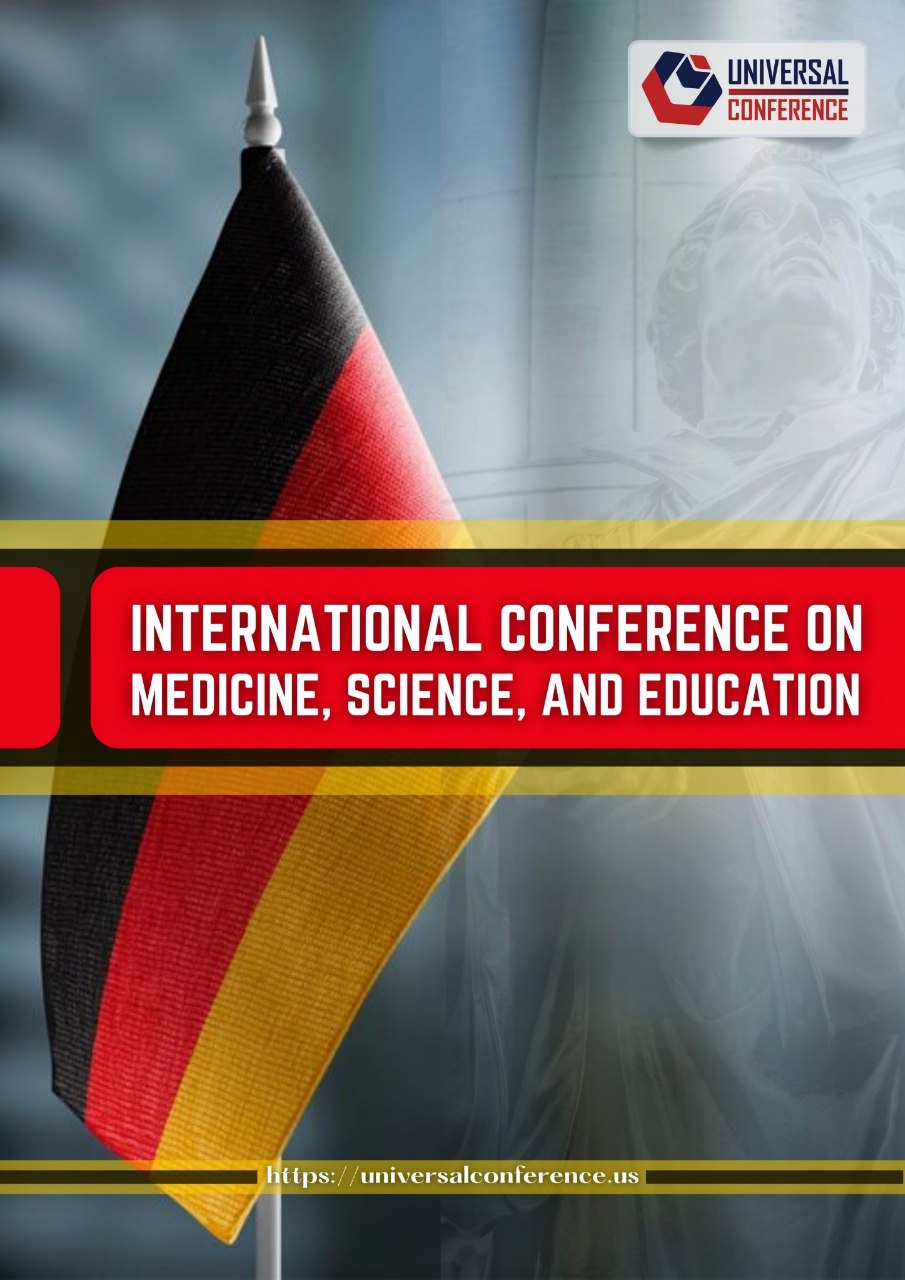XITOY SIVILIZATSIYASI: QIN VA HAN SULOLALARINING TARIXIY AHAMIYATI.
Keywords:
Qin dynasty, Han dynasty, Chinese civilization, unification, bureaucracy, cultural advancements, silk road,, ancient China, political systemsAbstract
This article examines the historical significance of the Qin (221–206 BCE) and Han (206 BCE–220 CE) dynasties in the context of Chinese civilization. The Qin Dynasty, though short-lived, played a crucial role in unifying China, centralizing power, and laying the foundations for imperial rule. The Han Dynasty, which followed, expanded the empire, established a strong bureaucratic system, and made significant advancements in technology, culture, and trade. These two dynasties not only shaped the political and social structure of ancient China but also had a profound influence on East Asia and the world.
References
1. Loewe, M. (2000). The Dawn of the Yellow Earth: Ancient China’s Foundations. Routledge.
2. Yang, L. (2016). The Qin Dynasty: The First Emperor of China. Harvard University Press.
3. Ebrey, P. B. (1999). The Cambridge Illustrated History of China. Cambridge University Press.
4. Loewe, M. (2005). The Han Dynasty: Empire and Society. Cambridge University Press.
5. Sima Qian. (1993). Records of the Grand Historian: Han Dynasty. Translated by W. H. D. Rouse. Oxford University Press.
6. Hsu, I. (2001). The History of the Han Dynasty. Oxford University Press.
7. Walton, R. (2004). Silk Road: Trade, Travel, and Cultural Exchange. Yale University Press.
8. "The Qin and Han Dynasties." (2011). The History Channel.
9. Needham, J. (1986). Science and Civilization in China, Volume 1: Introductory Orientations. Cambridge University Press.
10. Wilkinson, T. (2000). The History of China. Oxford University Press.







